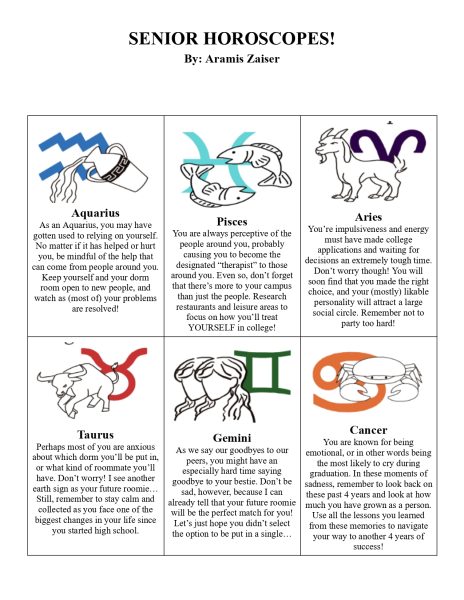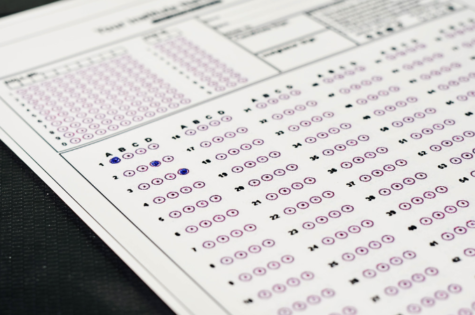Staff Editorial: how to elect the ‘American’ way
Just over one percent is the difference in votes received by percentage of total votes between Tony Evers and Scott Walker in the November 2018 election. This is also the difference that placed Tony Evers in the Wisconsin governor’s office for the next four years.
Unlike in governor and congressional elections, the president is selected by the electoral college, not popular vote. This policy was put in place with the Constitution in 1787 as a part of the second article. The electoral college involves a distribution of 538 electoral votes among the states based on the number of seats in Congress that state holds. As the number of seats held in the House of Representatives is dependent on population, the allocation of electoral votes is also partially influenced by population. A large state such as California, for instance, holds 55 electoral votes whereas the smaller state of Alaska, in terms of population, has only three. The presidential candidate that wins the popular vote within that state receives all of the state’s electoral votes.
Therein lies the main discrepancy between the electoral college and popular vote– two candidates may be very close within a state, says 49% versus 51%, yet the candidate with 51% of the votes will receive all of the electoral votes for that state. While this may appear to work in the same fashion as the popular vote– i.e. the candidate receives votes by popularity, and the more popular candidate would be expected to receive more electoral votes– it does not.
To put it into perspective, let us take another look at California and Alaska. Let us say we have two main presidential candidates, candidate A and candidate B. In the state of California, the two candidates come close in votes, with candidate A receiving 49% of the popular vote and candidate B 51%. As candidate B won the popular vote for California, they receive all 55 electoral votes. Now let us turn to Alaska. Again, the two candidates come close in votes, but this time the result is flipped. Candidate A has a majority with 51% versus candidate B’s 49%. Candidate A then receives all three of Alaska’s electoral votes. Let us assume that if we were to take the total popular votes for each candidate between California and Alaska, the result would be around fifty-fifty. The electoral votes, however, do not come anywhere close to reflecting this result, with a three to fifty-five ratio. This begs the question, is the electoral college a fair way of electing our nation’s president? And for those that find the situation above to be unrealistic and believe that electoral college does reflect the popular vote, then what purpose does the electoral college serve that makes it a necessity?
Our answers: no and none.
In our nation’s history, five presidents have been elected without receiving the popular vote. While three of these elections– 1824, 1876, and 1888– may seem like a long time ago, two of them occurred within the twenty-first century– 2000 and 2016. In other words, the discrepancy between the electoral college and the popular vote is still very much a reality today. For a nation that prides itself on democracy and government of the people, we’re not doing the best job of listening to the people’s choice.
This leads to the next question: what can we do to change this? Encompassed in the Constitution, the electoral college can only be abolished by a constitutional amendment, proposals for which have been made throughout years but never amounted to anything. This does not mean that the debate is over; the battle against the electoral college is still being fought today. It goes by the name of the National Popular Vote Bill. The idea of the National Popular Vote Bill was first introduced in the 2006 book Every Vote Equal. The plan revolved around an interstate compact: states would pledge to the bill individually within their own legislatures; once the total electoral votes between the pledged states constituted a majority of the nation’s electoral votes, the bill would take effect. Now, almost 13 years later, the National Popular Vote Bill is 64% of the way there with 172 of the needed 270 votes. These 172 votes come from 11 states and the District of Columbia.
Wisconsin is not among these 11 states, though it ought to be. By pledging to change an outdated, erroneous policy, Wisconsin has a chance to impact the citizens of the United States in a meaningful and lasting way. We thus encourage the people of Wisconsin to write letters to the state legislators, urging them to support the National Popular Vote Bill. While admittedly Wisconsin may not be California with 55 electoral votes, its pledge will still bring the United States ten votes closer to electing a president the proper American way– by popular vote.










